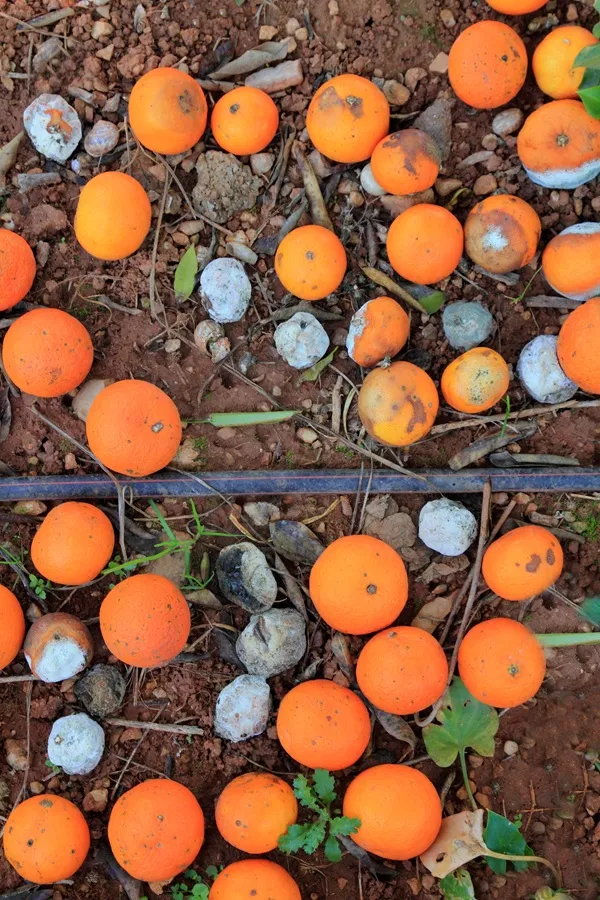Table of Contents
1. Overview
Crabs are decapod crustaceans found in marine, freshwater, and terrestrial habitats worldwide. Valued for their sweet, succulent meat and versatility in global cuisines, crabs are both wild-caught and farmed. This guide explores their biology, culinary uses, economic impact, and sustainability practices.
2. Global Varieties
- Dungeness Crab (Metacarcinus magister):
- Habitat: Pacific Northwest (USA, Canada).
- Size: 6–10 inches (carapace width).
- Features: Purple-brown shell, delicate sweet flavor.
- Blue Crab (Callinectes sapidus):
- Habitat: Atlantic Coast (USA), Gulf of Mexico.
- Size: 4–9 inches.
- Features: Blue-tinted claws, rich and briny meat.
- King Crab (Paralithodes spp.):
- Habitat: Bering Sea, North Pacific.
- Size: Up to 25 lbs (leg span of 6 feet).
- Features: Spiny red shell, firm, sweet meat.
- Snow Crab (Chionoecetes opilio):
- Habitat: North Atlantic, Alaska.
- Size: 3–6 lbs.
- Features: Long legs, tender flaky meat.
- Mud Crab (Scylla serrata):
- Habitat: Indo-Pacific mangroves.
- Size: 6–10 inches.
- Features: Dark brown shell, rich flavor.
- Coconut Crab (Birgus latro):
- Habitat: Tropical islands (Indian/Pacific Oceans).
- Size: Up to 9 lbs (largest terrestrial crab).
- Features: Powerful claws, coconut-scented meat.
3. Sizes & Price Factors
- Jumbo Crabs: King crab legs ($40–$60/lb), Dungeness whole ($15–$30/lb).
- Mid-Sized: Blue crab ($10–$20/lb), Snow crab clusters ($12–$25/lb).
- Small: Soft-shell crabs ($8–$15 each).
- Factors: Seasonality, sustainability certifications (MSC), and processing (live, frozen, canned).
4. Physical Traits
- Colors:
- Blue Crab: Blue claws, olive-green shell.
- Dungeness: Purple-brown with white underside.
- King Crab: Bright red spiny shell.
- Smell: Fresh crabs smell briny; avoid ammonia-like odors.
- Flavor: Sweet, umami-rich (Dungeness), briny (Blue Crab), or buttery (King Crab).
5. Culinary Uses
- Raw: Rare (e.g., kani sushi; use only flash-frozen crab to kill parasites).
- Steamed/Boiled: Classic with Old Bay seasoning (Blue Crab).
- Grilled: Brushed with garlic butter or soy glaze.
- Curries: Singapore chili crab, Kerala crab fry curry, Thai coconut crab curry.
- Fried: Soft-shell crabs, crab cakes.
- Soups/Stews: Crab bisque, Maryland crab soup.
- Quick Recipes:
- Crab Cakes: Mix meat with breadcrumbs, mayo, and Old Bay; pan-fry.
- Crab Garlic Noodles: Sauté with garlic, butter, and soy sauce.
6. Nutrition & Health Benefits
- Macronutrients: High protein (19g/100g), low fat, zero carbs.
- Vitamins/Minerals: B12, zinc, selenium, omega-3s.
- Health Benefits: Supports immunity, brain function, and heart health.
7. Cultivation & Capture
- Wild Capture:
- Traps/Pots: Dungeness, King Crab.
- Trawling: Snow Crab.
- Hand Harvesting: Soft-shell crabs during molting.
- Aquaculture:
- Pond Systems: Mud crabs (Asia).
- Offshore Cages: Experimental in Indonesia and Philippines.
8. Byproducts
- Shells: Processed into chitin (biodegradable plastics, cosmetics) and fishmeal.
- Roe: Crab eggs used in sauces or as a delicacy.
- Tomalley: Green hepatopancreas used in sauces (controversial due to toxin risk).
9. Processing & Storage
- Live Storage: Keep in cool, moist environments (0–4°C) for 1–2 days.
- Freezing: Blanch and freeze meat for 6–12 months.
- Canning: Cooked meat in brine or pasteurized cans (shelf-stable 2–3 years).
10. Major Producers & Trade
- Top Producers:
- Wild: USA (Alaska), Russia, Canada, Norway.
- Farmed: Indonesia, Philippines, India.
- Exporters: Russia (King Crab), Canada (Snow Crab), USA (Blue Crab).
- Importers: Japan, USA, EU, China.
11. Climate Conditions for Farming
- Temperature: 20–30°C (mud crabs); 5–10°C (King Crab).
- Salinity: 15–30 ppt for marine species; freshwater crabs tolerate <5 ppt.
- Habitat: Mangroves (mud crabs), sandy/muddy substrates.
12. Diseases & Risks
- Bitter Crab Disease: Parasitic infection (King/Blue Crab). Algae also causes bitter tasting crabs.
- Shell Rot: Bacterial/fungal issues in aquaculture.
- Bioaccumulation: Heavy metals (e.g., mercury) in wild crabs.
13. Return on Investment (ROI)
- Farming Costs: $15,000–$30,000/hectare (pond systems).
- Profit Margins: 20–40% for high-value species (e.g., mud crab); ROI in 2–3 years.
14. Sustainability Challenges
- Overfishing: Declining King Crab stocks in the Bering Sea.
- Bycatch: Non-target species caught in traps/trawls.
- Habitat Loss: Mangrove destruction for mud crab farms.
15. Conclusion
Crabs are a cornerstone of global seafood markets, prized for their flavor and versatility. Sustainable fishing practices and aquaculture innovations are critical to preserving populations and meeting demand.









